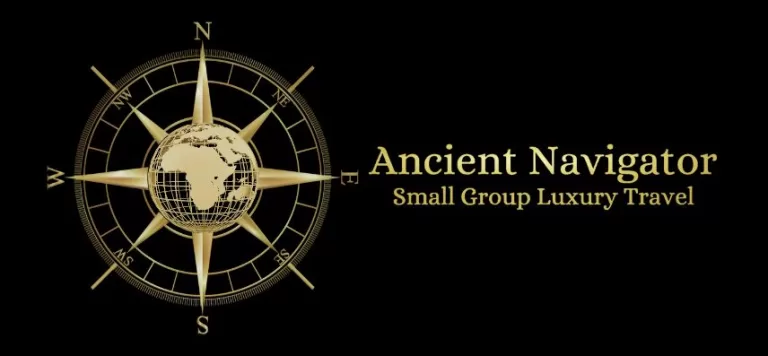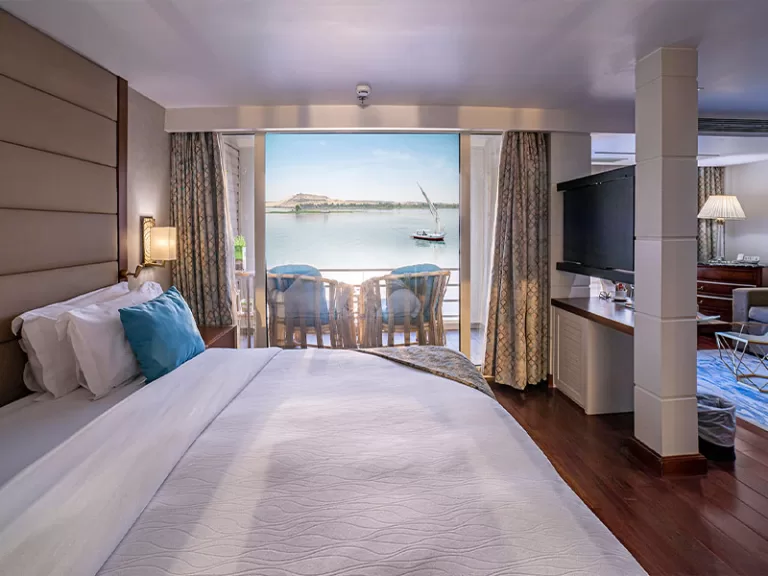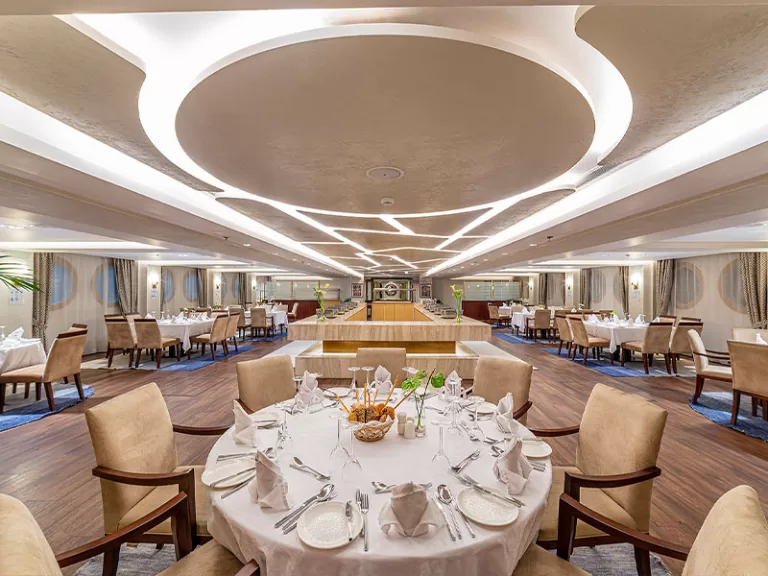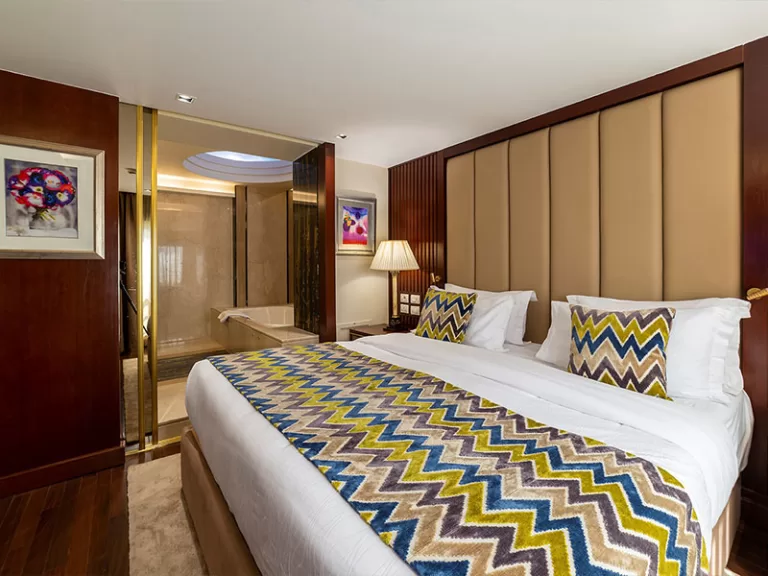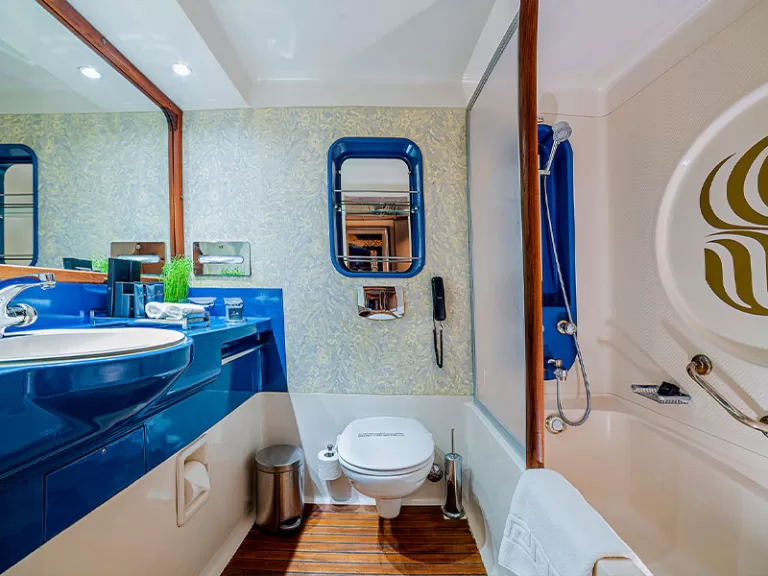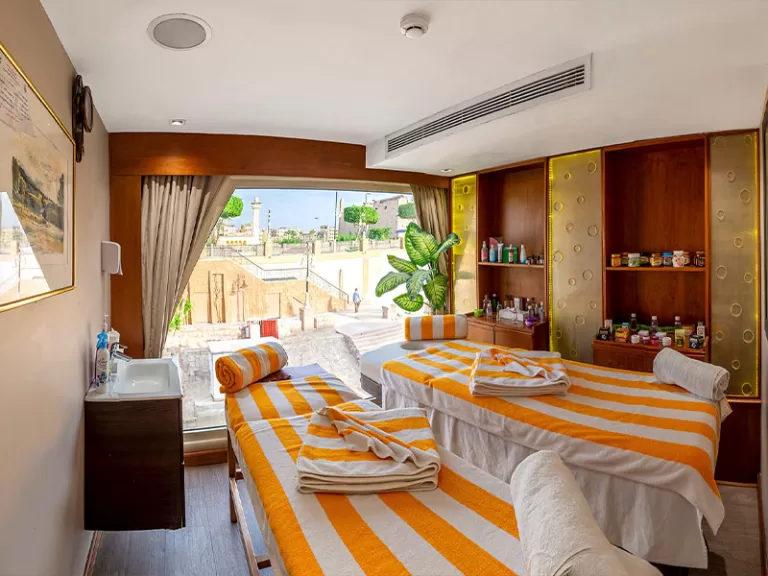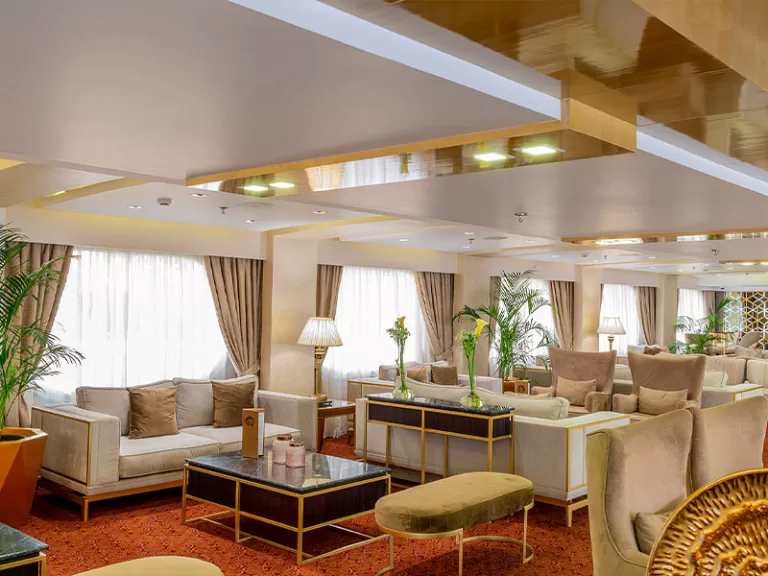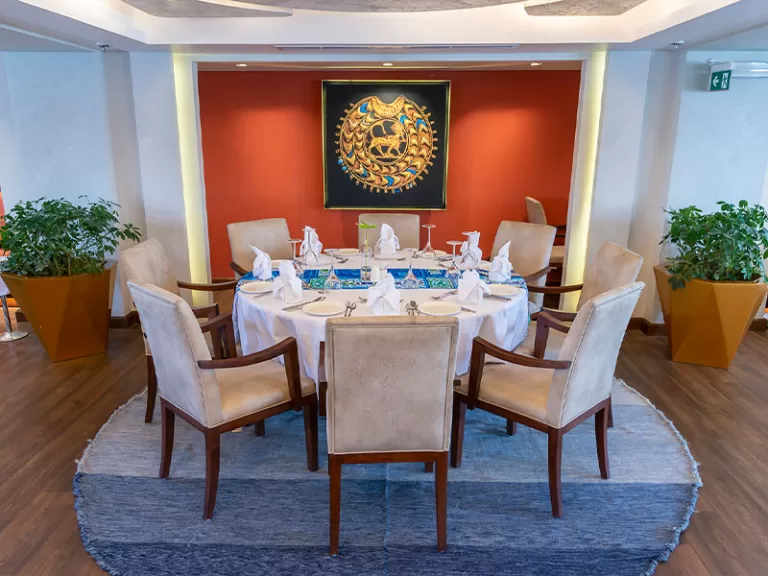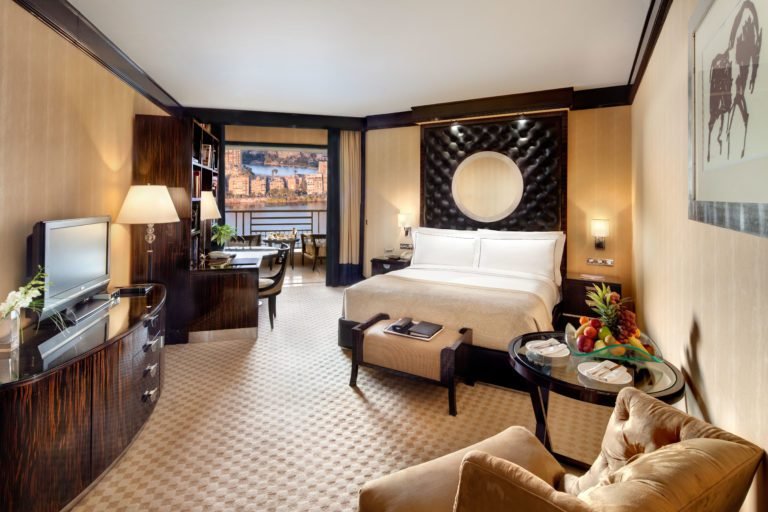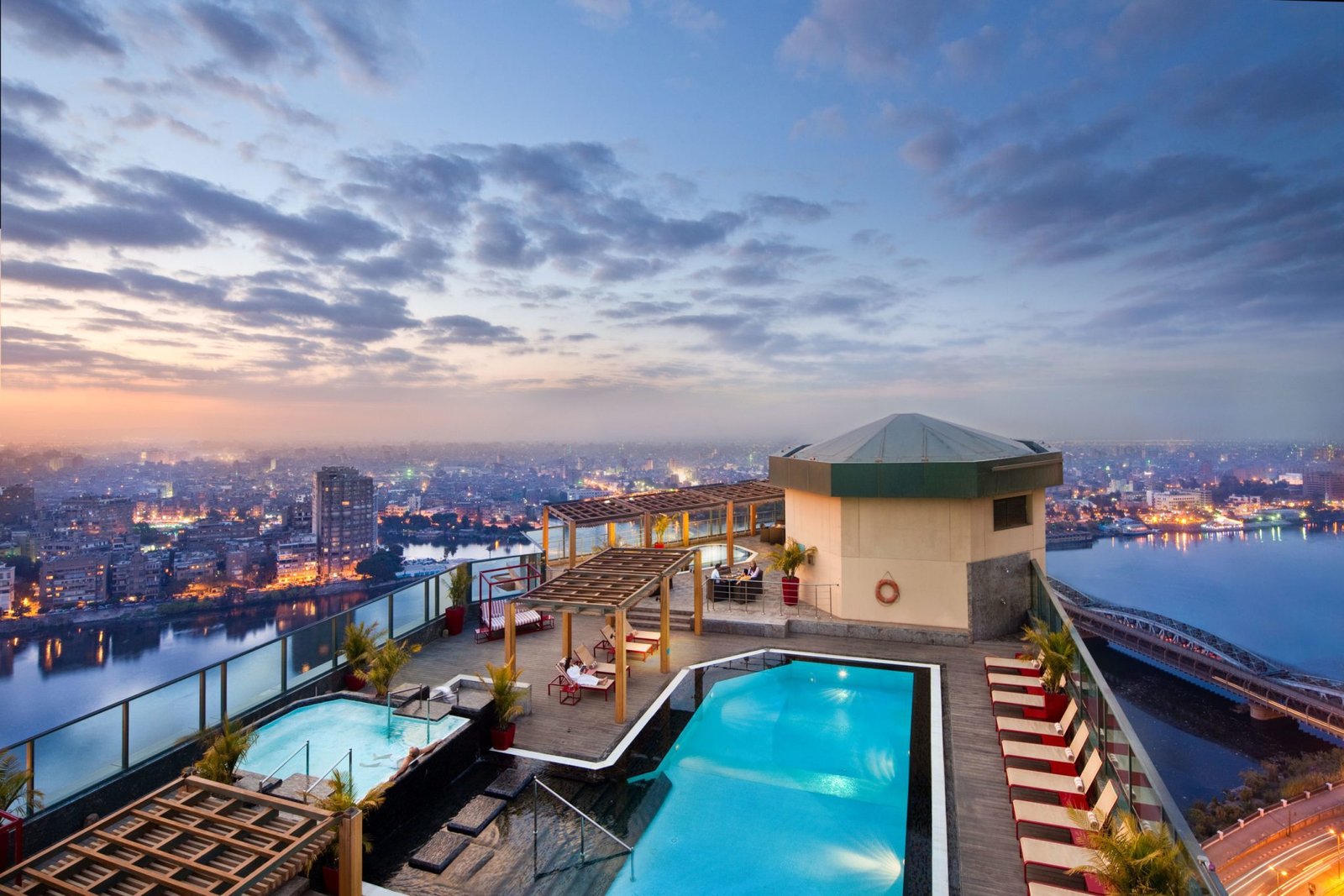Why Medinet Habu Is Egypt’s Best-Kept Secret Temple
Table of Contents
The Forgotten Giant That Most Tours Skip
Picture this: you’re standing in front of stone walls so tall they seem to scrape the desert sky, their surfaces carved with hieroglyphs so deep you can run your fingers through the grooves three thousand years later. The colors, unbelievably, still cling to the rock in places—vivid blues, reds, and golds that survived millennia of sun, sand, and war. It’s silent. No swarm of buses outside. No vendors pressing trinkets into your hands. No queue of tourists elbowing you for the “perfect selfie.” Just you, a handful of fellow travelers, and the haunting presence of one of ancient Egypt’s most astonishing, yet criminally overlooked treasures: Medinet Habu, the mortuary temple of Ramses III.
Most tours never bring you here. They’ll herd you through Karnak, shuffle you into Luxor Temple at sunset, maybe push you into the Valley of the Kings. And yes, those are impressive—spectacular even—but they’re also crowded, commercialized, and sanitized into the same script you’ll hear from every megaphone-wielding guide in Luxor. The truth? If you skip Medinet Habu, you’re missing one of the most authentic, awe-inspiring, and unfiltered experiences in all of Egypt.
This post is going to prove it.
TL;DR Summary
If you’re short on time, here’s the blunt truth: Medinet Habu is the most underappreciated temple in Egypt. Built by Ramses III, it’s larger, better preserved, and more vivid than nearly any other monument in Luxor. Most mass-market tours skip it because they don’t want to “complicate” itineraries. But skipping it is like flying to Paris and never seeing the Louvre. At Ancient Navigator, we refuse to let our guests miss this masterpiece. We take you there, we give you time to soak it in, and we bring it to life with storytelling that makes Ramses III’s victories, struggles, and legacy pulse under your feet.
By the end of this article, you’ll know:
What Medinet Habu is, and why it matters more than you realize.
Why most cookie-cutter tours never include it.
What you’ll experience inside, from battle reliefs to rare colors.
Why Ancient Navigator deliberately puts it on your itinerary.
How visiting Medinet Habu separates tourists from true travelers.
Read on if you’re serious about experiencing Egypt the way it was meant to be seen: without compromise, without crowds, and without missing the best-kept secrets that most travelers never discover.
Key Takeaways
Before we dive into the full story, let’s pull the curtain back on what matters most.
First, Medinet Habu is Egypt’s most underrated temple. While everyone crowds into Karnak, this temple offers richer detail, better preservation, and a more powerful emotional impact. The reliefs of Ramses III’s battles with the Sea Peoples and his grand processional courts put you directly in the middle of Egypt’s struggle for survival and its glory days of power.
Second, mass-market tours don’t take you there. Not because it’s not worth visiting, but because big tour companies are built for efficiency and scale, not depth and discovery. Medinet Habu doesn’t fit neatly into their schedules. It’s a hidden cost they don’t want to bear, so they cut it out.
Third, Ancient Navigator does things differently. We’re not interested in giving you the same cookie-cutter experience. We’re curators of Egypt’s finest stories, and Medinet Habu is one of the crown jewels. We bring you here because it’s unforgettable—and because once you see it, you’ll realize why the average traveler who skipped it never truly saw Egypt at all.
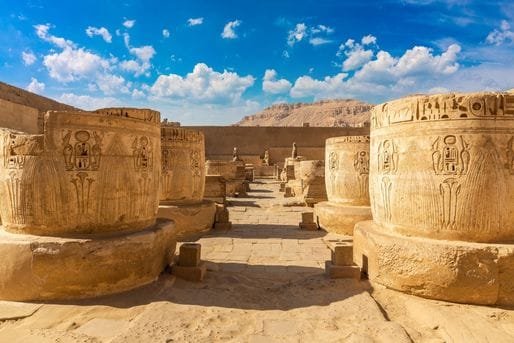
The Story of Medinet Habu: Ramses III’s Monument to Immortality
When you step inside Medinet Habu, you’re stepping into the legacy of Ramses III—the last great pharaoh of Egypt’s New Kingdom. Unlike many rulers whose monuments crumbled or were defaced, Ramses III built his temple like a fortress, a statement of both his divine right and his desperate fight against Egypt’s enemies.
The temple itself is sprawling, with massive pylons that dwarf even the giants of Karnak. But what sets it apart is not just size—it’s preservation. The reliefs are deeper, sharper, more detailed. You don’t just see flat symbols—you see soldiers charging into battle, chariots racing across the stone, captives bound and paraded before the king. These aren’t generic carvings. They’re living history, propaganda etched so vividly that the emotion of victory and the threat of extinction still vibrates across the walls.
And Ramses III wasn’t carving vanity projects. He was documenting Egypt’s fight for survival. The Sea Peoples—marauding invaders whose identity is still debated by historians—were breaking civilizations across the Mediterranean. Ramses III fought them, defeated them, and preserved Egypt’s independence. His story, carved into the walls of Medinet Habu, is one of triumph against the odds.
The average tourist never hears this story. But when you stand in Medinet Habu, you don’t just hear it—you feel it.
Why Most Tours Skip Medinet Habu
So why don’t you see buses lined up outside this temple? Why don’t travel agencies push it as a must-see destination? The answer is simple: efficiency.
Big-box tours run on logistics, not experiences. They’ve got 40 people to shepherd from one site to another. They’ve got contracts with vendors and fixed schedules. To them, Medinet Habu is “extra.” It’s out of the way. It’s harder to explain than the Valley of the Kings. So they cut it out of the itinerary, not because it lacks value, but because it doesn’t fit their cookie-cutter model.
And here’s the kicker: that’s exactly why it’s so valuable.
Because they skip it, Medinet Habu stays quiet. It’s not overrun by selfie sticks. It’s not stripped of its soul by a thousand people pressing through its gates every hour. It remains what Egypt’s temples were meant to be: sacred spaces, storytelling monuments, immersive theaters of history and myth.
When you walk through Medinet Habu, you’re not just seeing the past—you’re stepping into it. And you’re doing it without the chaos of mass tourism.
Why Medinet Habu Is a Must-See
There are temples in Egypt that dazzle with size. Others impress with fame. But Medinet Habu? It overwhelms you with detail, intimacy, and the sense that you’ve stumbled onto something secret.
The reliefs are some of the best preserved in the world. In places, original paint still clings to the stone. Imagine seeing blues and reds that Ramses himself saw, 3,000 years ago. Imagine running your hands over walls carved so deep they look fresh. Imagine standing in front of depictions of battle scenes that still radiate motion, power, and violence.
This isn’t the Egypt you read about in textbooks. This is Egypt alive.
Medinet Habu also gives you something most temples don’t: space. You can wander without rush. You can pause and reflect. You can frame photos without strangers crowding into your lens. You can sit on the edge of a courtyard and feel the silence wrap around you, broken only by the desert wind.
If Karnak feels like Times Square, Medinet Habu feels like a secret alleyway where the real story lives.
The Luxury of Exploring Without the Crowds
Luxury in travel is not just about five-star hotels or champagne on arrival. Real luxury—the kind you remember for life—is the gift of time, space, and intimacy with the experience itself. Medinet Habu delivers exactly that.
Walk into Karnak on any given day, and you’re swallowed by the chaos. You’ll hear dozens of languages bouncing off the columns, see guides waving colored flags, and shuffle shoulder-to-shoulder in a sea of tourists. You’ll marvel at the sheer size, yes, but you’ll also feel rushed. Rushed to move along, rushed to keep up, rushed to snap a photo before someone else steps into frame. The entire experience is dictated by the masses, not by you.
Now picture Medinet Habu. No pushing, no shouting, no megaphones. Just a handful of visitors spread across one of the largest temple complexes in Luxor. You can wander into a side chamber and have it entirely to yourself. You can stand in the shadow of a 70-foot pylon and let your eyes trace every inch of carved relief without distraction. You can hear your guide’s voice echo across the stone as they explain how Ramses III immortalized his battles. You can stand still, breathe, and simply feel.
That’s the kind of luxury most tours can’t buy because they don’t make time for it. They don’t prioritize it. They can’t afford to give you space because their model depends on cramming as much as possible into as little time as possible.
At Ancient Navigator, we treat this differently. We know you don’t fly halfway across the world to be herded like cattle. You come to Egypt to touch history, to feel wonder, to walk where kings once walked and do it in a way that feels personal. Medinet Habu is where that kind of luxury becomes reality.
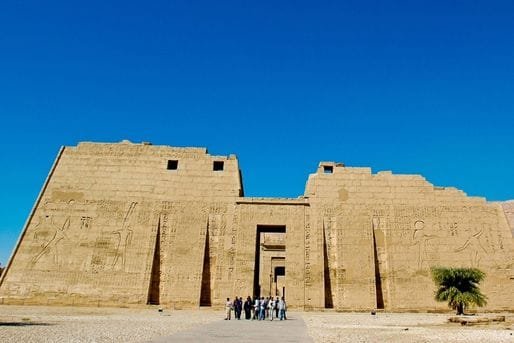
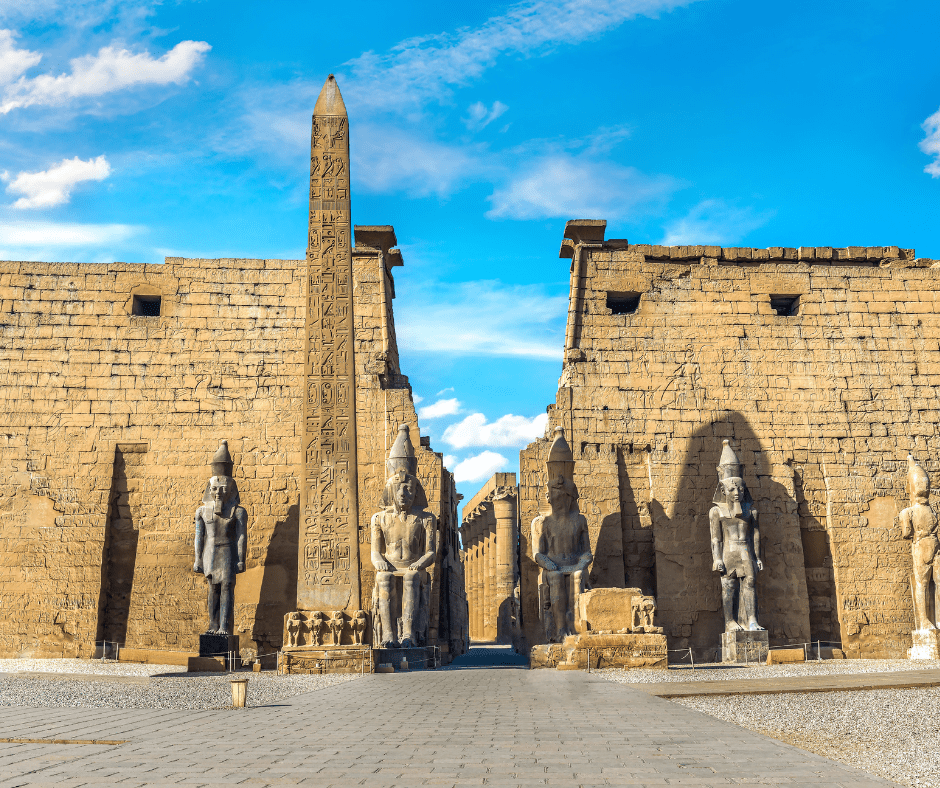
Medinet Habu vs. Karnak & Luxor Temple: A Tale of Two Experiences
It’s easy to think, “A temple is a temple.” After all, they’re all grand, they’re all ancient, they’re all covered in hieroglyphs. But here’s the reality: the experience is worlds apart.
Karnak is jaw-dropping, no question. Its hypostyle hall with 134 towering columns is one of the most photographed spots in Egypt. But it’s also overwhelming in a different way—crowds, noise, and a sense of spectacle rather than intimacy. Luxor Temple, lit at night, is magical in its own right. But both are mainline attractions, so packed with visitors that they can feel like museums behind ropes rather than living monuments.
Medinet Habu, by contrast, is where you feel Egypt’s heartbeat without interference. The carvings are deeper, better preserved, and more personal. At Karnak, you see scale. At Medinet Habu, you see detail. At Luxor Temple, you see grandeur. At Medinet Habu, you see humanity—soldiers, families, rituals carved with such intensity they feel alive.
And here’s something most travelers don’t realize: Medinet Habu’s reliefs actually preserve some of the last surviving traces of original color in all of Egypt. At Karnak, most paint is gone. At Luxor, you see outlines. At Medinet Habu, you still see the blues of the gods’ crowns, the reds of the soldiers’ shields. This is as close as you’ll ever come to seeing Egypt the way it looked in its prime—not in faded stone, but in living color.
The comparison isn’t meant to diminish Karnak or Luxor. They’re extraordinary in their own right. But if you visit only those and skip Medinet Habu, you’ve only tasted the surface. You’ve missed the richest, deepest flavor.
Traveler Stories: The Temple That Changes Everything
One of the things we hear most often from our guests is this: “I had no idea this temple even existed—and it ended up being my favorite.”
There was the American couple who had been to Egypt once before on a large group tour. They had checked off the Valley of the Kings, Karnak, and Abu Simbel. They thought they’d seen it all. But when we took them to Medinet Habu, they stopped in their tracks. The husband turned to his wife and whispered, “This is it. This is the one I’ll never forget.” When they flew home, the photos they framed and hung on their wall weren’t of the famous Sphinx or the pyramids—they were of Medinet Habu’s towering pylons.
Or the solo traveler from London who told us she’d studied Egyptology at university. She thought she knew what to expect. But she stood in front of Ramses III’s battle scenes and cried. “It’s like they’ve been waiting for me all this time,” she said. That’s the kind of raw, unfiltered impact Medinet Habu has on people.
These aren’t isolated moments. Again and again, travelers tell us that Medinet Habu was the hidden gem of their journey—the site they never would have discovered on their own, the one that turned their trip from “memorable” into “life-changing.”
That’s why we include it. Because we know travel isn’t just about what you see. It’s about what stays with you long after you’ve gone home.
The Temple Most Travelers Never See—But You Will
At the end of the day, travel is about choices. You can choose the same cookie-cutter path as everyone else—shuffling through crowds, ticking boxes, and coming home with the same photographs as millions of others. Or you can choose the road less traveled, the one that leads you to Medinet Habu—the temple where history still breathes, where silence and majesty collide, and where Ramses III carved his story so deeply into stone that you can still trace it with your fingertips.
This isn’t just about visiting another site. It’s about seeing Egypt the way it was meant to be seen—beyond the surface, beyond the noise, beyond the tourist trail. It’s about stepping into an experience most travelers will never even know exists.
At Ancient Navigator, we refuse to let you miss Egypt’s greatest secrets. We take you there. We give you the time, the context, and the intimacy to make it unforgettable. Because we know the moments you’ll cherish most aren’t the ones you share with thousands of strangers, but the ones where you stand in awe, almost alone, in a temple built for kings.
So here’s the choice: join the crowd—or step beyond it. If you’re ready to experience Egypt like an insider, not a tourist, then let us take you to Medinet Habu and beyond. Click below to explore our journeys and secure your place on the path less traveled.
Join our Email List
About the Author

James
A passionate traveler and writer who loves exploring the world, discovering new places, savoring unique foods, and connecting with fascinating people. Through their writings, James shares personal experiences and stories from every corner of the globe, with the hope that others can one day embark on these adventures for themselves. Whether it's about a hidden gem of a destination or a culinary delight, James's goal is to inspire and spark a sense of wanderlust in their readers.

James
A passionate traveler and writer who loves exploring the world, discovering new places, savoring unique foods, and connecting with fascinating people. Through their writings, James shares personal experiences and stories from every corner of the globe, with the hope that others can one day embark on these adventures for themselves. Whether it's about a hidden gem of a destination or a culinary delight, James's goal is to inspire and spark a sense of wanderlust in their readers.
Past Blog Posts

Private Egyptologist Tours: Unlock Egypt’s Hidden Secrets in Luxury
Step beyond the velvet ropes of Egypt’s most iconic sites. With a private Egyptologist as your guide, you’ll uncover hidden chambers, untold stories, and experience ancient wonders far from the tourist crowds. This is discovery at its most exclusive—where history meets luxury.

Egypt Temple Etiquette & Dress Tips for Luxury Travelers
Planning a luxury trip to Egypt? Don’t let poor wardrobe choices or etiquette missteps ruin your temple visits. This guide reveals what to wear, how to behave, and how to elevate your experience with style and cultural respect. Whether you’re aiming for stunning photos or exclusive access, you’ll learn how to navigate Egypt’s sacred sites like a seasoned elite traveler.

6 Luxury Egypt Moments You’ll Never Forget
Ready to experience Egypt like few ever do? From private tours of the Pyramids to exclusive Nile cruises and luxury stays, this guide reveals 6 unforgettable moments that will leave you breathless — and craving more. Discover how Ancient Navigator turns once-in-a-lifetime dreams into reality.

